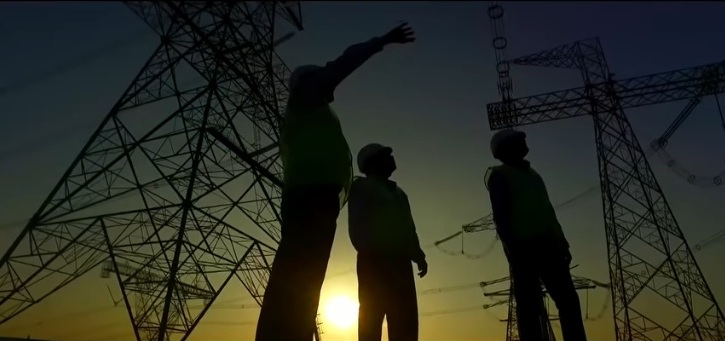Competition in transmission projects that are bid out under the tariff-based competitive bidding (TBCB) mechanism is seen intensifying, according to K. Sreekant, CMD, Power Grid Corporation of India Ltd (PGCIL).
In a recent investor conference, K. Sreekant observed that competition intensity in TBCB projects has significantly gone up in recent months. Quantifying the phenomenon, Sreekant said that for smaller projects, of say less than Rs.500 crore, there could be as many as 7-8 bidders, while for larger projects (Rs.900 crore to Rs.1,000 crore), one typically finds 5-6 bidders.
It may be mentioned that in the TBCB process, after qualified bidder submit their price bids, bidders get a chance to offer even more competitive (lower) bids under the e-reverse auction (e-RA) process. This process continues till a bidder offers a quote that is not further challenged by any other bidder. It is independently learnt that in recent months, the e-RA processes have witnessed as many as 50-plus rounds of bidding.
K. Sreekant felt that competition, possibly arising out of the e-RA process, has put a strain on margins. “We will need to forego some returns to maintain our market share,” he said.
TBCB in FY23
Meanwhile, in FY23 so far, five interstate power transmission projects under the TBCB route have been awarded, out of which PGCIL has won two, the CMD said.
For the next one year, PGCIL estimates a TBCB pipeline of around Rs.50,000 crore, inclusive of around 14 projects worth Rs.20,000 crore for which bidding is currently underway. The remaining Rs.30,000 crore is accounted for projects that are expected to come up for bidding over the next 12 months.
Also read: PGCIL Committee Approves Investment In RTM Project
Not much intrastate
K. Sreekant explained that much of the TBCB opportunity that PGCIL envisages would come from interstate transmission system (ISTS) schemes, as opposed to the intrastate counterpart. Assessing the intrastate transmission system (InSTS) opportunity would be difficult as these projects are at the state level, and as such, fragmented.
Moreover, most states – with the exception of Uttar Pradesh, Rajasthan and Madhya Pradesh, to name a few – are developing intrastate schemes on their own, without adopting the TBCB route, Sreekant said.
In the context of intrastate transmission lines, it is worth noting that in January last year, the Union Cabinet approved the Green Energy Corridor (Phase II) project with an outlay of Rs.12,000 crore. This project aims at building 10,750 ckm of intrastate transmission lines along with 27,500 MVA of substation capacity to support evacuation of 20 GW of upcoming renewable energy capacity spread over seven states – Gujarat, Himachal Pradesh, Karnataka, Kerala, Rajasthan, Tamil Nadu and Uttar Pradesh.
The PGCIL CMD felt that the opportunity available under GEC (Phase II) was not commensurate with that available on the ISTS side.

